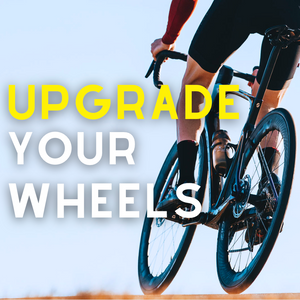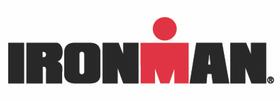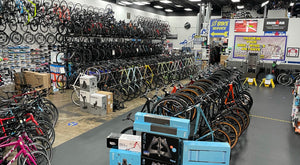
VO2 TESTING: TRI TIPS FROM COACH JIM
Eliminating guesswork is one of the best ways to improve your racing as a triathlete. Race day can be an incredibly stressful day if you show up asking: how hard should I go? how much do I need to drink? how much do I need to eat? how much sodium do I need to consume? At yet, many triathletes show up on race day without a well-thought out plan. This is why Playtri offers so many different kinds of performance testing.
For our individually coached athletes, we require blood lactate testing so that we can determine your heart rate and power zones accurately. We offer advanced sweat testing so that athletes know how much sodium they need to consumer per hour during their training and racing. These two tests alone provide an excellent starting point for athletes. But if you have time-oriented or aggressive goals in short course and long course racing, then doing a Vo2 calorie expenditure test will help tremendously.
It is important to know that Vo2 calorie expenditure testing is not the same as a Vo2 max test. Vo2 calorie expenditure testing provides how many calories an athlete burns at various heart rates and how many of those calories burned are from fat and carbohydrates. Since all triathletes (even the skinniest ones out there) have enough fat stores to provide energy, we look primarily at the carbohydrate side of the results to help determine how many carbohydrates need to be eaten during the bike or run portion of the race and at what heart rate we cannot keep eating more. Here’s an example…
Meet Triathlete Todd. He’s an experienced triathlete who has recently started working with a Playtri Coach and he’s got some big goals that include qualifying for 70.3 worlds in the next year or so. He has experience racing all distances and he has consistently consumed approximately 250 calories per hour on the bike in his training and racing. However, he regularly fades on the run in any race longer than a Sprint. His heart rate zones are: Training Pace is 140-160 BPM, Race Pace is 160-175, and Hard is 175+.
After doing a Vo2 calorie expenditure test on the bike, he learns that he isn’t eating enough on the bike and that he needs to keep an eye on his heart rate so that it doesn’t go above 160 BPM. He learns that if his heart rate gets up to 165 bpm, then he starts to burn 500 carb calories per hour, while he burns close to 300-350 calories per hour in the 145-160 bpm range. Todd regularly fades on the run because he either pushes too hard on the bike and can’t replace all those carb calories OR he just isn’t eating enough. Armed with this knowledge, Todd and his coach can now make a race day plan that will help him race to his abilities.
So what’s the take away from this? Here are the bullet points:
-
Make race day less stressful by having a well thought out plan that includes Nutrition & Hydration.
-
Use all the available testing to eliminate guesswork.
-
Vo2 calorie expenditure testing provides you a breakup of your calorie expenditure (fat & carbohydrates) at different heart rates.
Learn more and schedule a Vo2 test at www.playtri.com/testing.
Coach Jim is a USAT Level I Certified Coach, UESCA Certified Triathlon Coach and a Playtri Level 3 Coach. Learn more about Coach Jim and contact him at www.playtri.com/jim-rowe.



